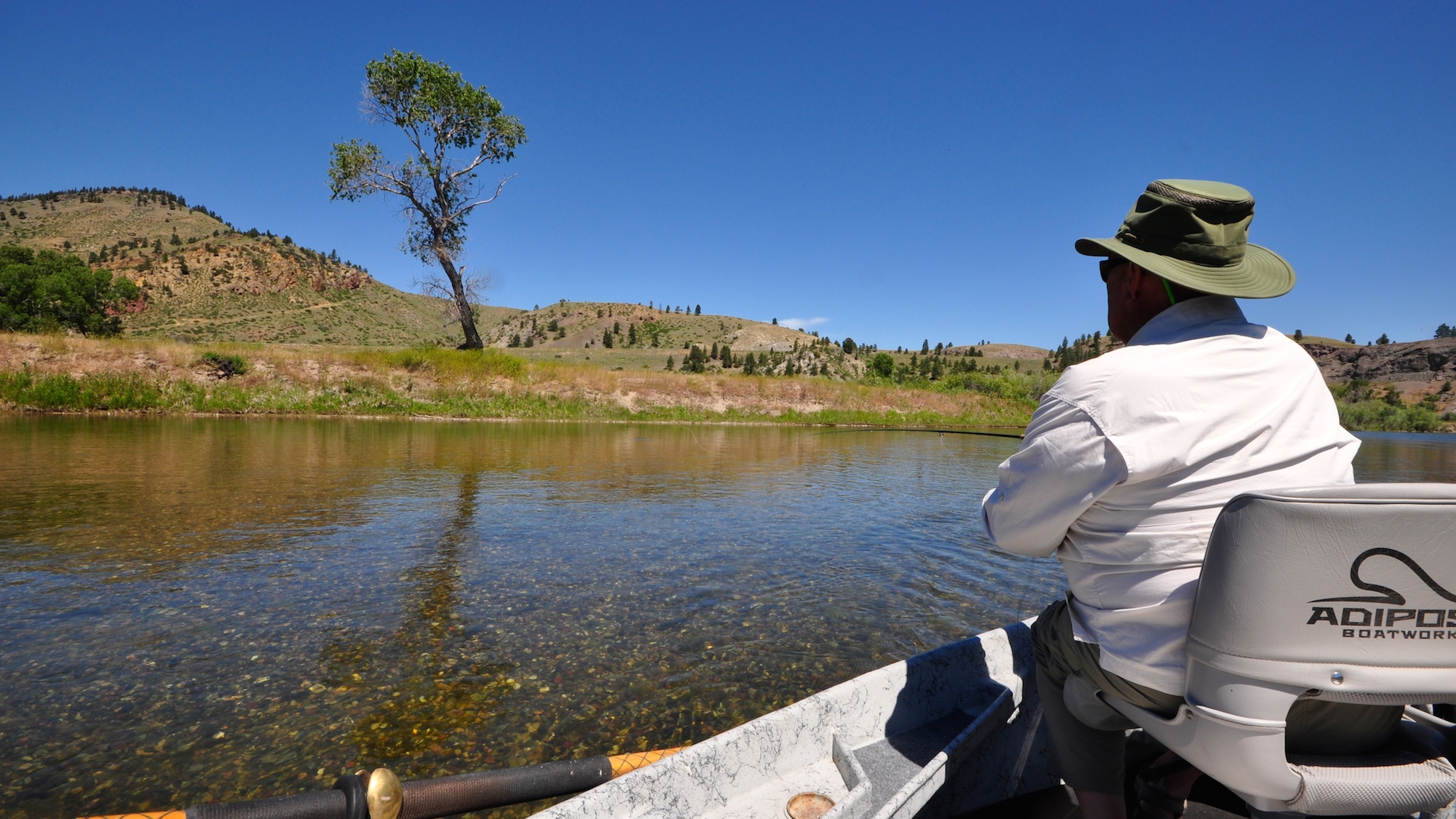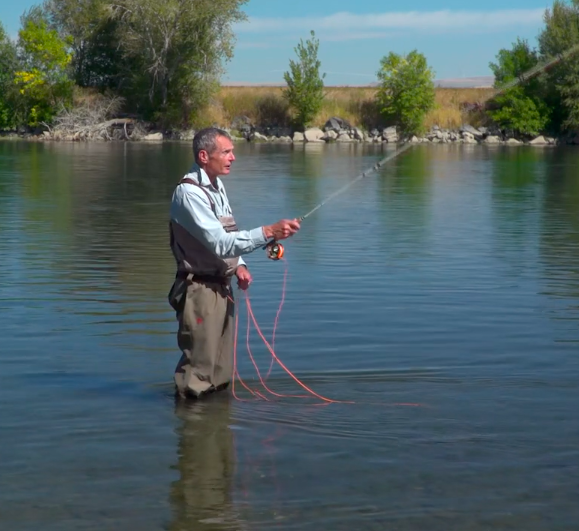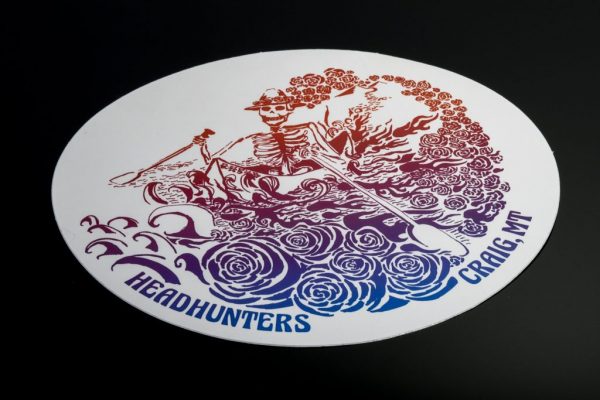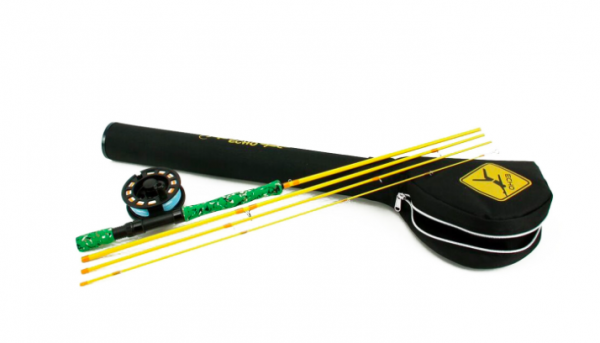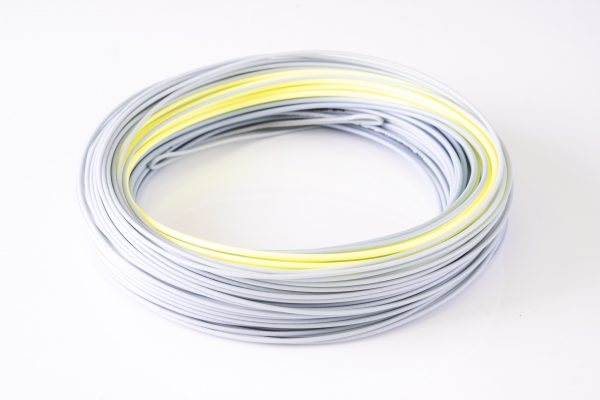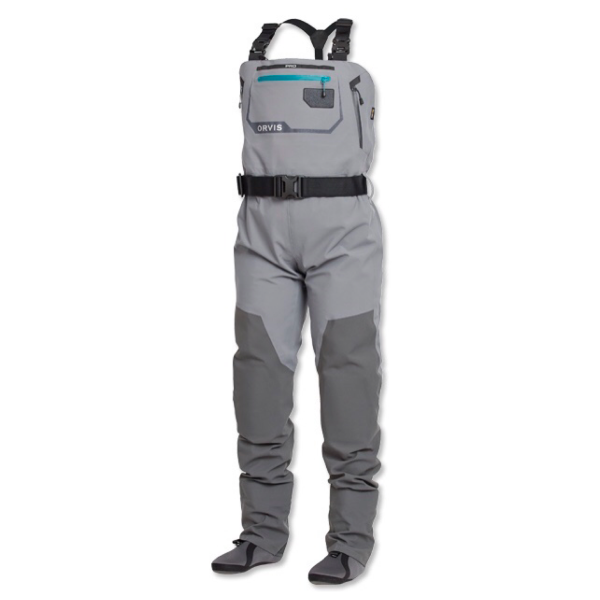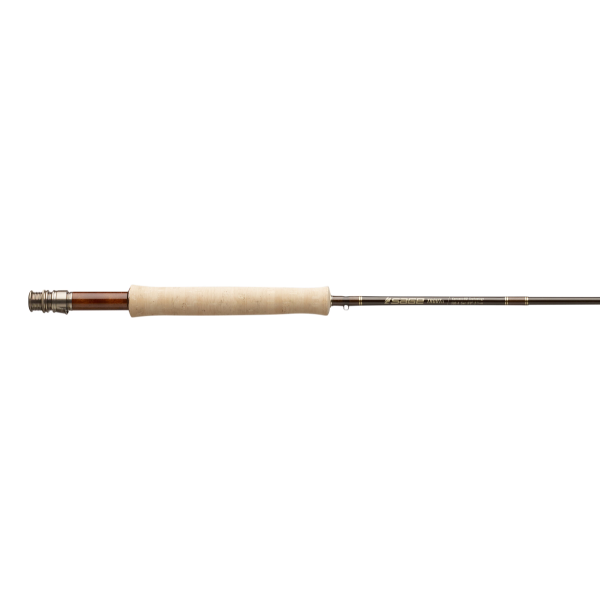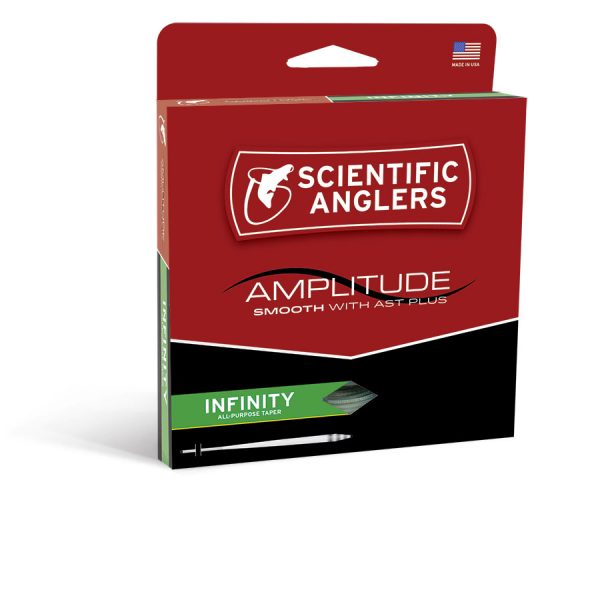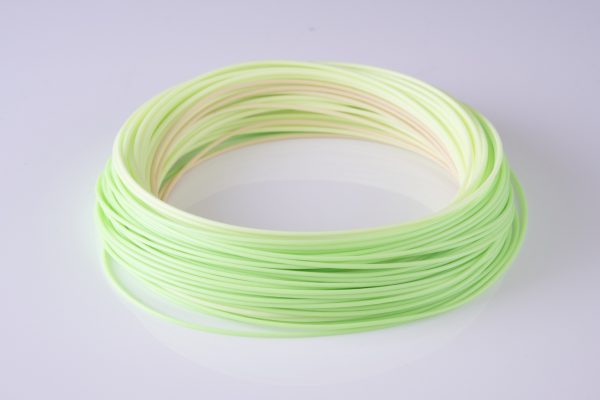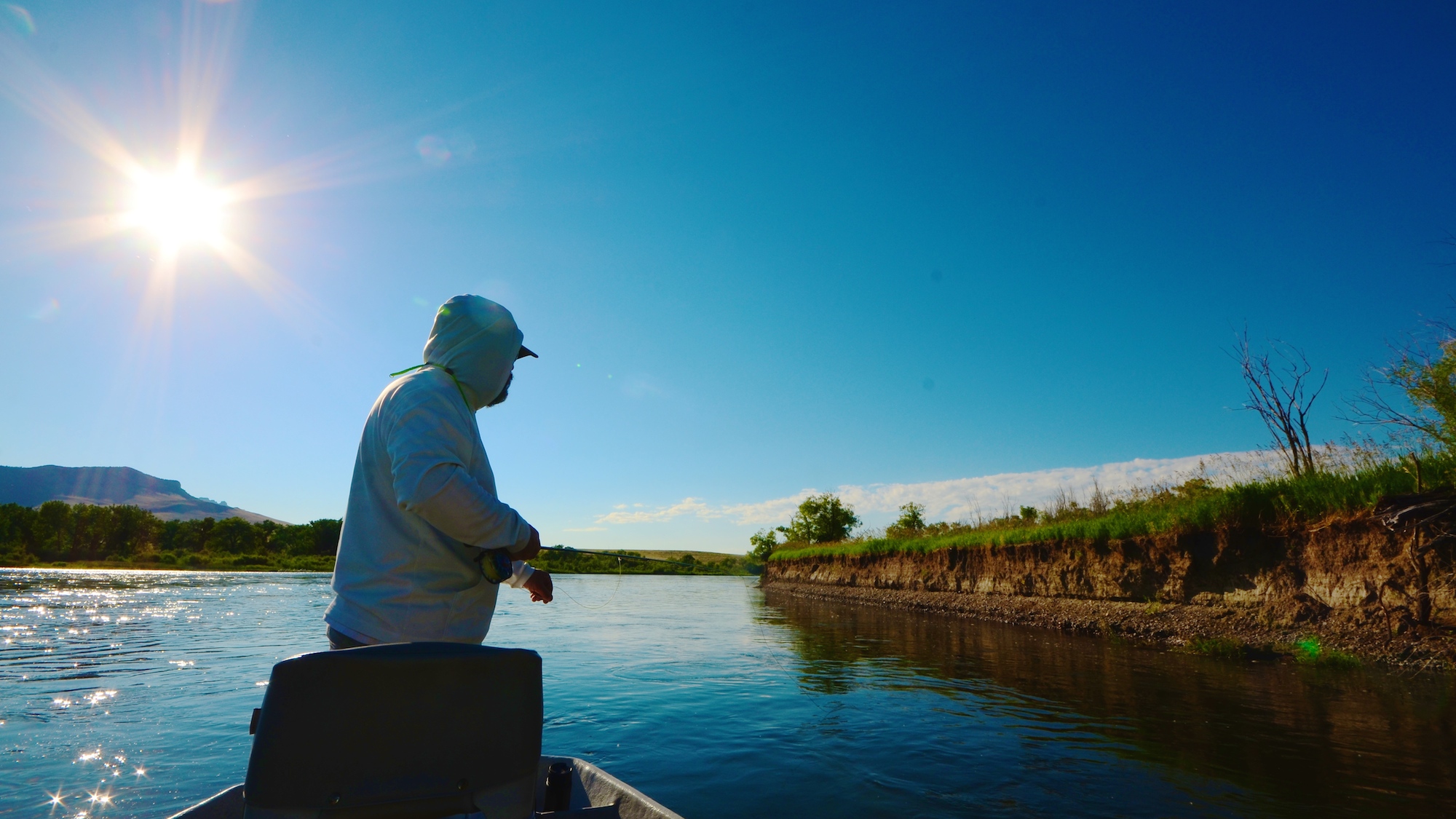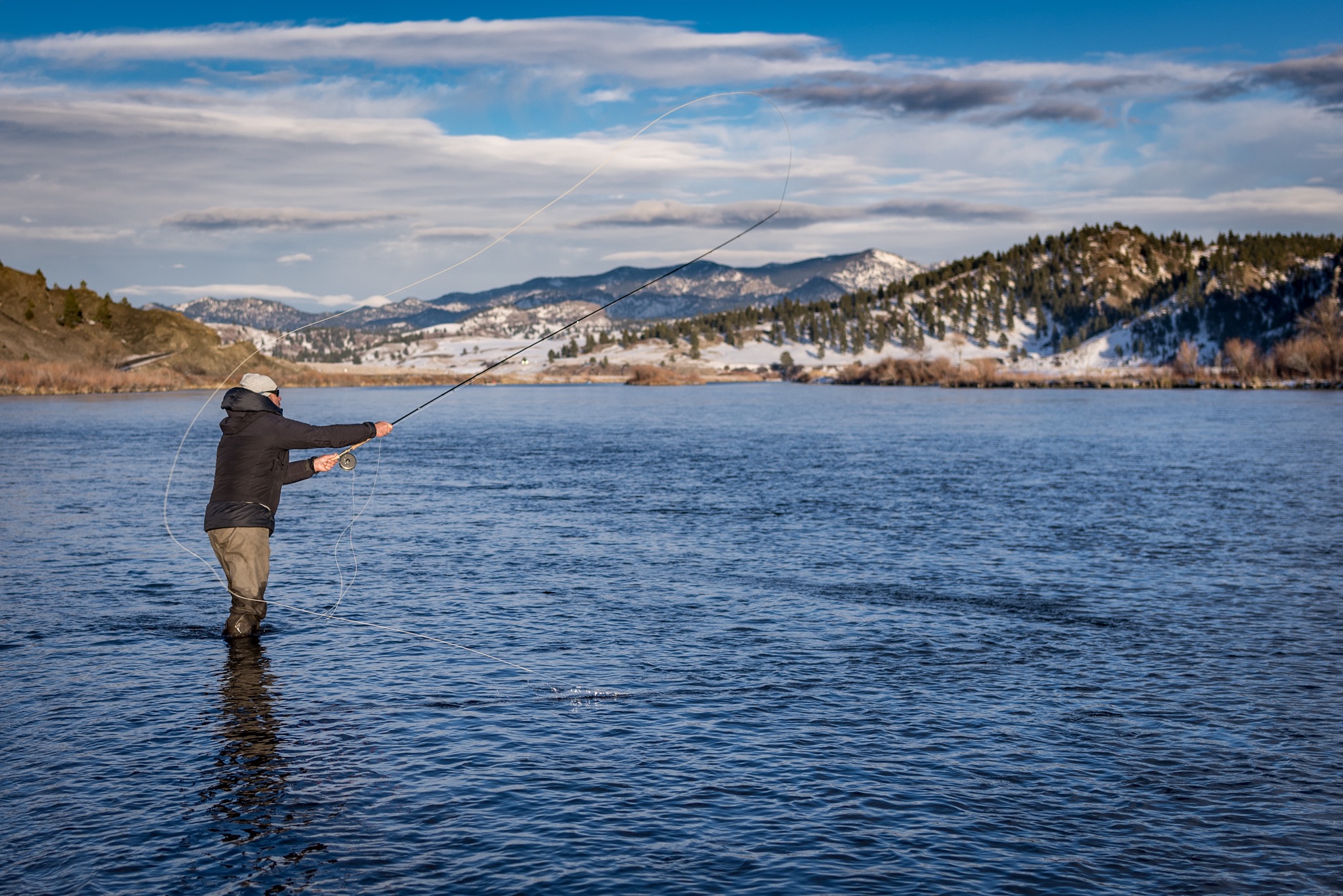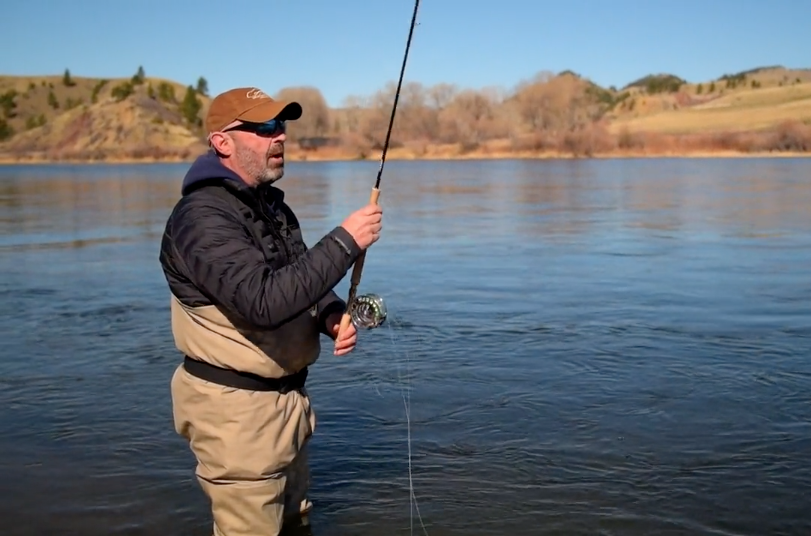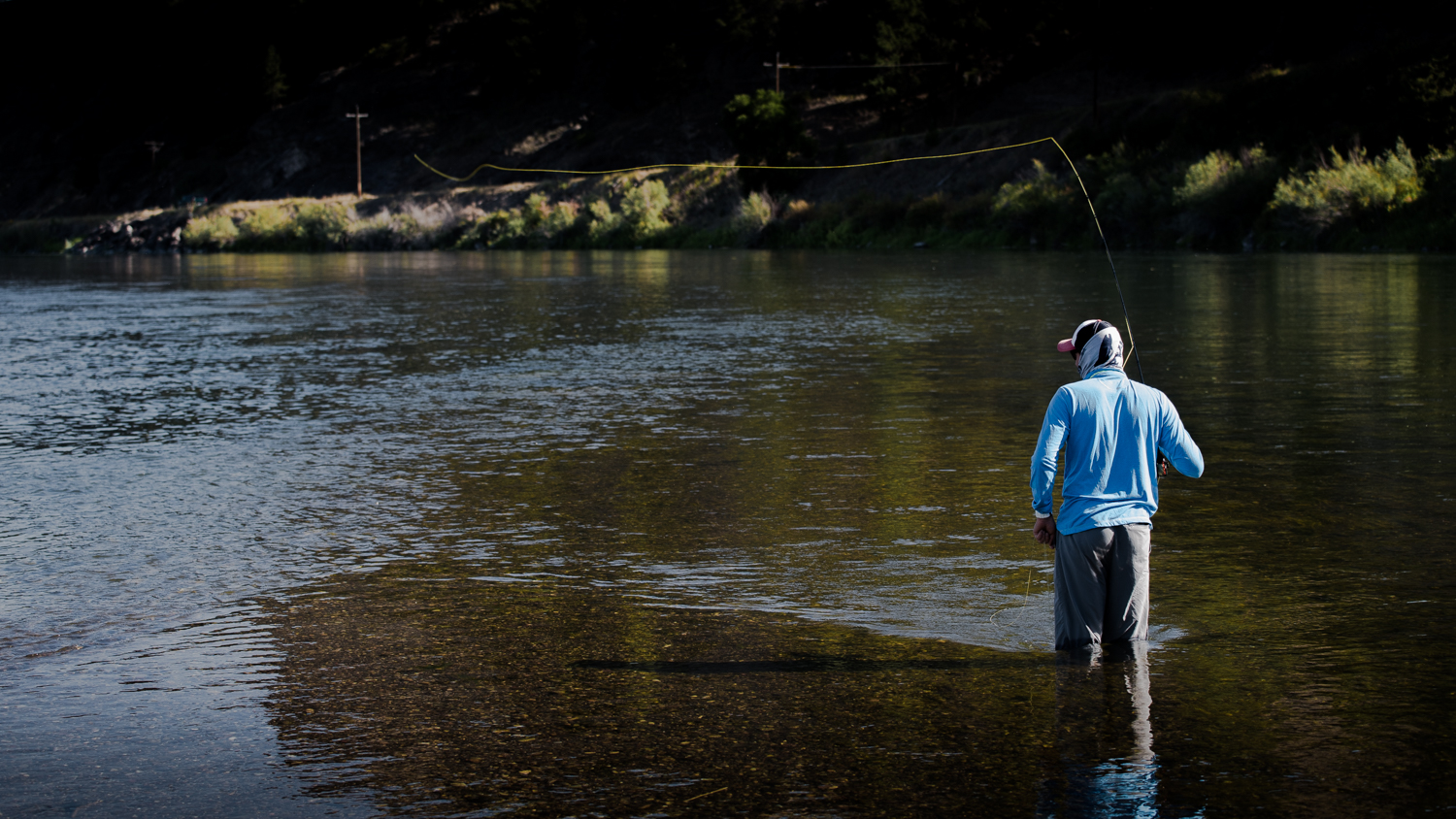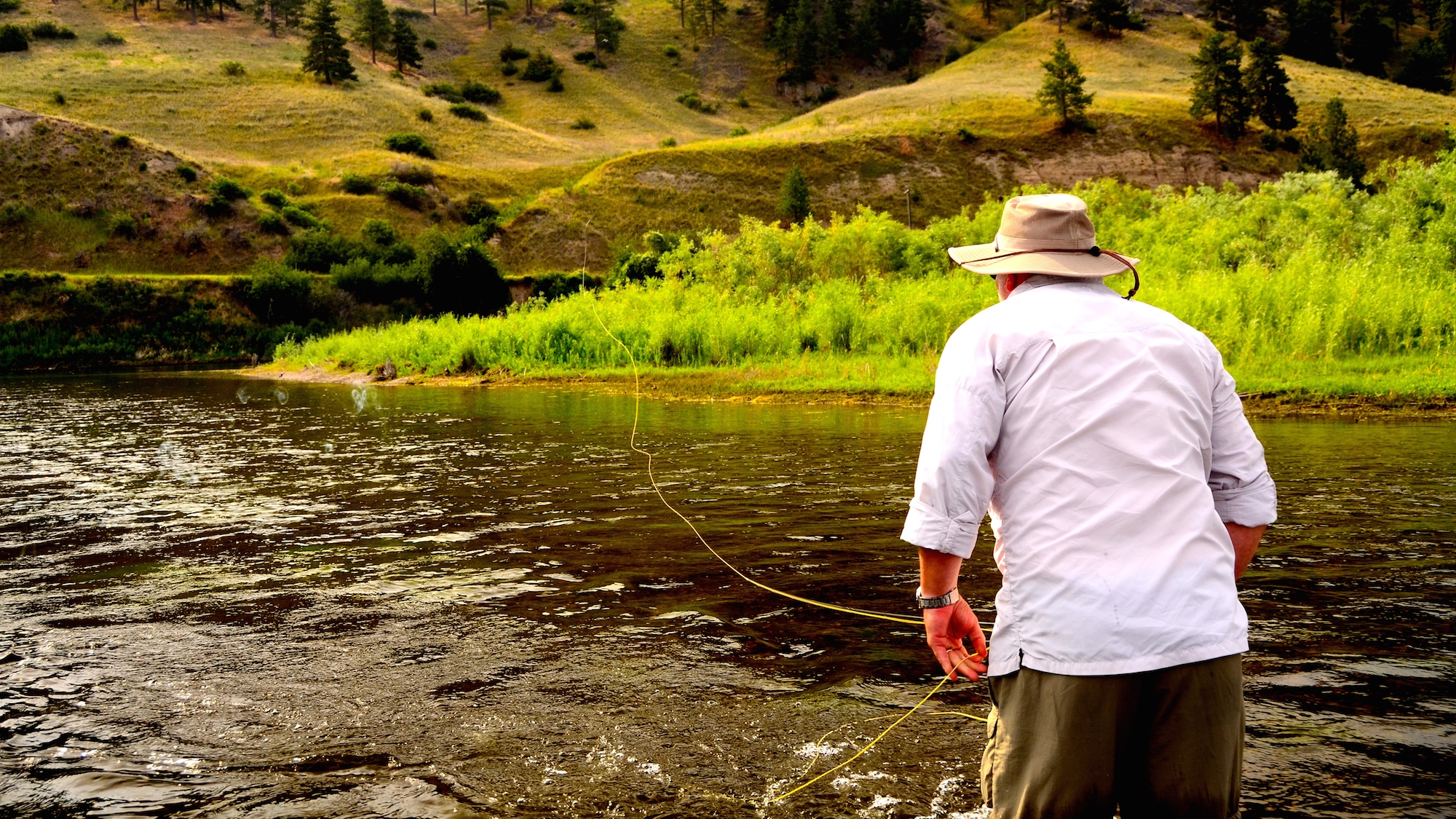[vc_row][vc_column][vc_column_text]
MRDF 455. Lab only. 3-5cr.(days) Summer Quarter. Class location Missouri River Craig MT.
Missouri River Dry Fly 455. PREREQUISITE: An intense desire to learn. Examines and explores Missouri River dry fly technique primarily with mayflies. Dry fly casting techniques will include reach cast, slack line presentations, wind casting, double haul, down and across presentations, tiny fly pattern ID, low profile casting situations, stalking movement procedures. You will learn that failure is a big part of the learning curve. Requires early mornings, patience, GINK, Frog’s Fanny, line cleaner, and a couple beers in the cooler. Class size limited.
[/vc_column_text][us_separator thick=”3″ show_line=”1″ line_width=”default”][vc_column_text]
Headhunters University
Education comes first
Our business is built on education. It is even in our mission statement. Entertainment, information, education, and customer service for the Missouri River trout angler. And we practice those values daily. Whether it be your 1st day to the MO or your 1000th we know that you are interested in bettering your game. Stepping it up. That is why we believe so strongly in angler education.
From our free Trout Spey Clinics in the winter months to our always free casting lessons on our casting lane here in Craig to fishing with our experienced tenured guide staff and into the fly shop where our fish driven staff will help you with all things trout. Headhunters Fly Shop is centered around education.[/vc_column_text][us_grid columns=”2″ post_type=”attachment” items_quantity=”” images=”16267,16270″ orderby=”post__in” items_gap=”4px” items_layout=”gallery_default” img_size=”us_600_600_crop” overriding_link=”popup_post_image” breakpoint_1_cols=”2″ breakpoint_2_width=”768px” breakpoint_3_width=”480px” breakpoint_2_cols=”4″ breakpoint_3_cols=”2″][/vc_column][/vc_row][vc_row][vc_column][vc_column_text]Sound like something you might be interested in? Summer technical dry fly fishing. Mayflies are the primary vehicle to success with caddis, terrestrials, and other attractors too. But the focus is centered on figuring out the often frustrating mayfly stage and emulating it perfectly. Behaviors of the summer feeding trout will frankly dry you mad. If you enjoy any of the concepts above you might be ready.
Pale Morning Duns, Trico’s, March Browns, Blue Winged Olives, Callibaetis will keep you busy whenever your calendar allows you to visit our 35 mile long campus. Even if you didn’t have good grades in school this venue is very accepting. Although the trout do make the final evaluation!
Have you ever wanted to go back to college? Yeah, me neither. But, but you have never wanted to stop learning. Why not enroll at Trout U here in Craig Montana.
A ton of the annual returning Missouri River anglers book these time periods a year in advance. In fact, most who know of this affliction, who are admittedly infected, have been a fixture for years, a decade, or even a quarter century. Most of their adult lives in the same place, at the same time…yearly.
Winter fishing on the Mo is a bitch. Summer is not.
The dream time periods for the class above include June and July. Another good window of dry fly action in the middle two weeks of May which falls around the Craig Caddis Festival and BBQ Cook-off Saturday May 21st. Another great session in the latter part of October. August is good too, but you might call the class
MRAF 305. Lab Only. Summer Quarter. Missouri River MT.
Missouri River Attractor Fly 305. Hoppers, ants, and your favorite generic attractor patterns are in vogue in August. Long cast, high floating flies, and spectacular brown trout eats will keep you busy for the month of August. Tricky, difficult techy small dry fly fishing available in the mornings with your afternoons filled with the big fly. For big trout.
Headhunters encourages daily learning
Headhunters is the education location while in Craig Montana. The education leader on Montana’s Missouri River. Whether you’ll be joining us reading this daily blog, enjoying the videos on Headhunters TV, or enrolling in Headhunters Trout University for the 2016 school year. We are all about education.[/vc_column_text][/vc_column][/vc_row][vc_row][vc_column][us_grid columns=”2″ post_type=”attachment” items_quantity=”” images=”16271,16269″ orderby=”post__in” items_gap=”4px” items_layout=”gallery_default” img_size=”us_600_600_crop” overriding_link=”popup_post_image” breakpoint_1_cols=”2″ breakpoint_2_width=”768px” breakpoint_3_width=”480px” breakpoint_2_cols=”4″ breakpoint_3_cols=”2″][/vc_column][/vc_row][vc_row][vc_column][vc_video link=”https://vimeo.com/101744402″][/vc_column][/vc_row]
